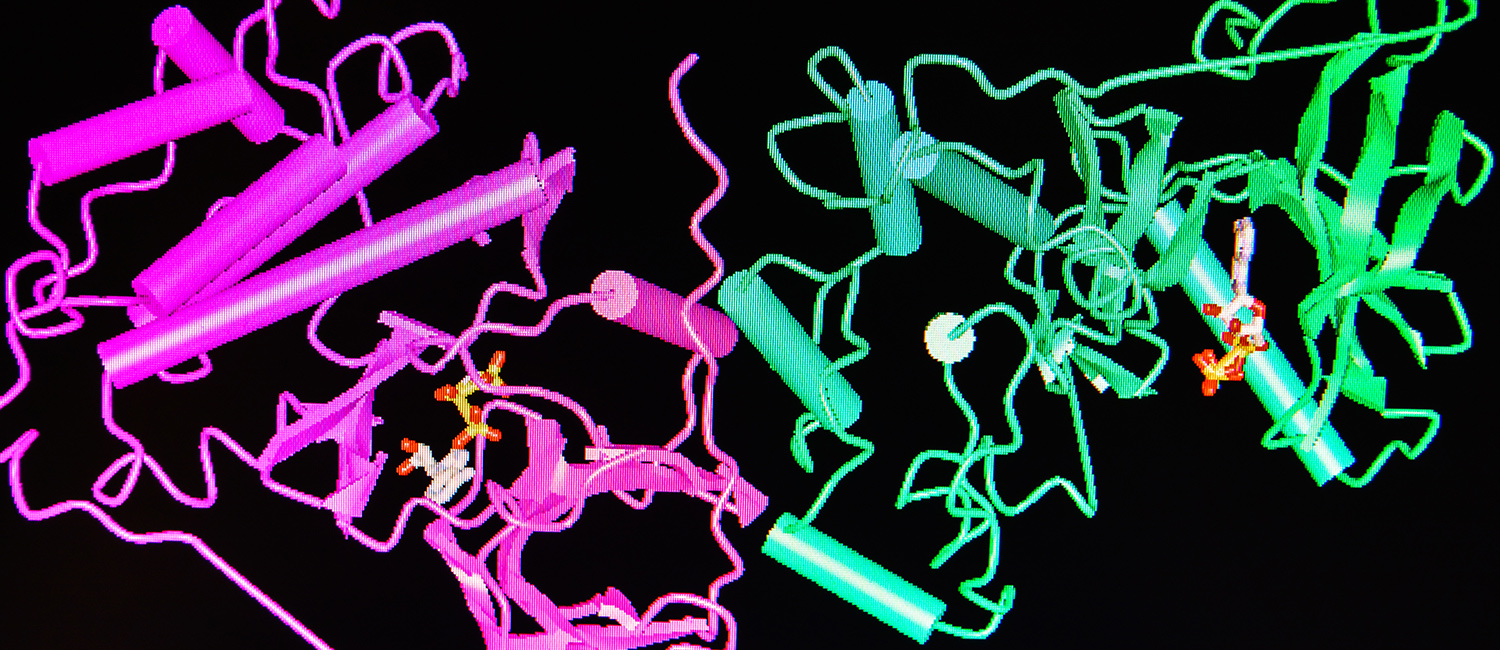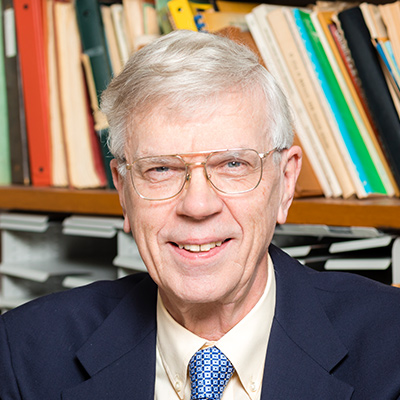
A patented method for better protein research
David Petering, a distinguished professor of chemistry and biochemistry, has patented a technique that will unlock new avenues in protein-related research.
For biochemists, proteins are crucial to examining a cell’s structure and function. “We are trying to understand the functions that take place in the cell, what the cell is doing and what reactions are taking place in the cell,” Petering says. “Those are all basically carried out by proteins.”
So biochemists need to isolate proteins to study their activities and structure, whether for fundamental research, the development of medicines or finding a cure for a disease. “We can spend a lifetime working on pretty small areas of what’s going on in a cell,” Petering says, “because it’s just so complicated to get structure and function information.”

In traditional procedures, proteins could be separated, but the structure and function weren’t adequately maintained for carrying out further testing. A current commercial alternative enables researchers to maintain a protein’s function and structure, but it leads to poor separation and a smearing of proteins.
However, Petering’s laboratory has devised a new method of separating proteins while maintaining their three-dimensional structure and functional activity. “This allows you to do functional studies along with just separating and identifying the fact that a protein is present,” Petering explains. “We did something very simple and found this sweet spot where we kept the native features of the protein without losing the ability to separate it.”
This allows for important new experiments to be conducted and provides a better understanding of proteins. Petering has been awarded a patent for the method, which he developed along with graduate students Drew Nowakowski and William Wobig.
With patent in hand, Petering, who has been at UWM since 1971, is working with the UWM Research Foundation to commercialize the method.
“It’s not a magic bullet,” Petering says, “but it gives us another powerful tool to use in trying to gather information.”